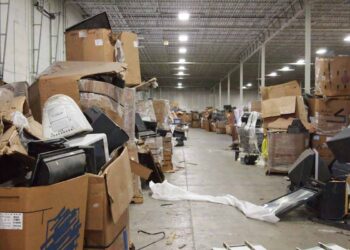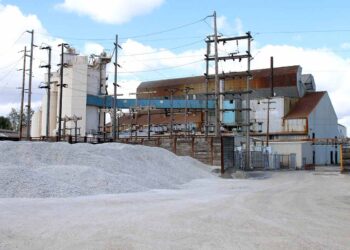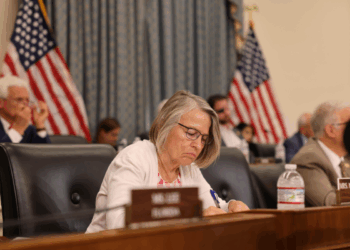Closed Loop companies hit with $3 million in Ohio penalties
An Ohio county judge has ordered Closed Loop Refining & Recovery and Closed Loop Glass to pay civil penalties to the state in what Ohio's attorney general called the "final chapter" in the massive CRT stockpile cleanup case in that state.















